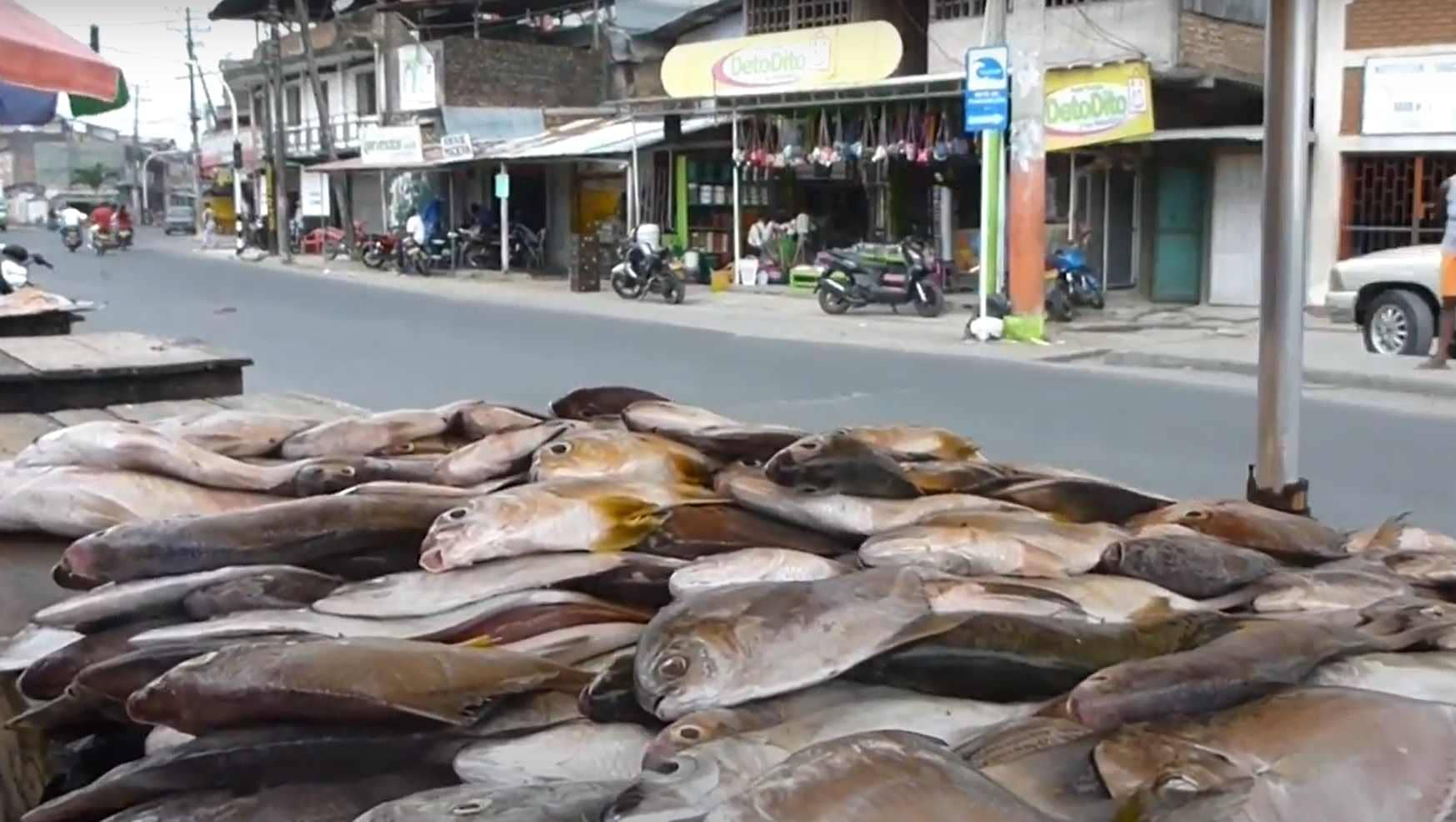An area of 58,000 square kilometers (5,800,000 hectares) used for farmed fish could potentially provide 100 million tons of seafood every year. This would preserve an area of 730 million hectares (twice the size of India) as uncultivated land.
In 2012, aquaculture overtook wild fish catch. An average person now eats almost twice as much seafood as half a century ago.
On average, we “eat” 3496 liters of water every day in high income countries. This water is used to breed cattle and grow agricultural products. Red meat not only emits lots of CO2. One kilogram steak requires 15,400 liters of water.
Farmed fish used to have a bad name and the industry still faces huge challenges. The Global Seafood Alliance sums it up:
“Common criticisms were related to nutrient and effluent build-ups, the impact of fish farms on local wild fisheries with respect to disease and escaping, and environmental degradation due to the site’s location.”
“However, the environmental impact of aquaculture is completely dependent upon the species being farmed, the intensity of production and the location of the farm. Additionally, new strategies and technologies have emerged and have proven that it is possible to have sustainable aquaculture.”




